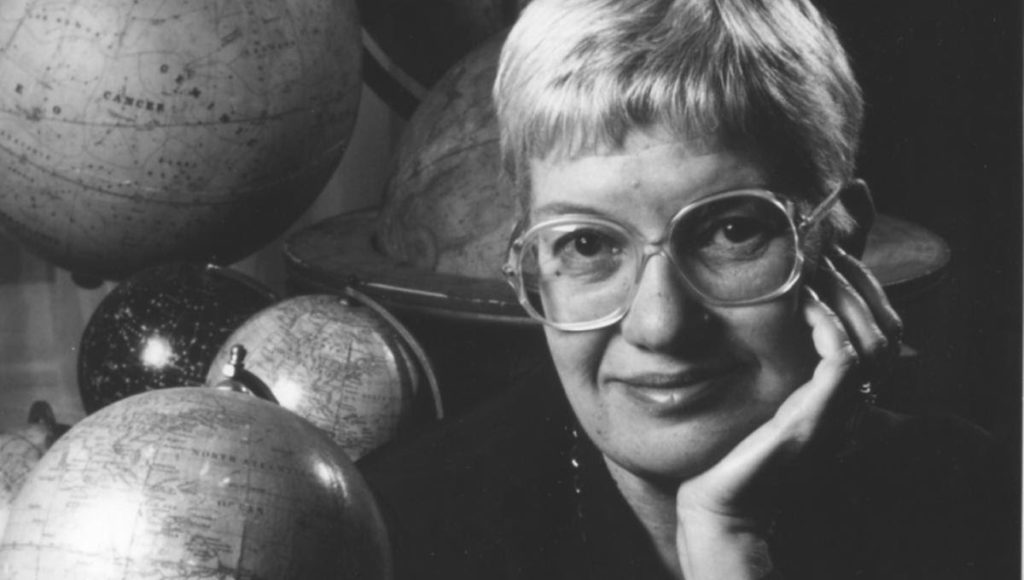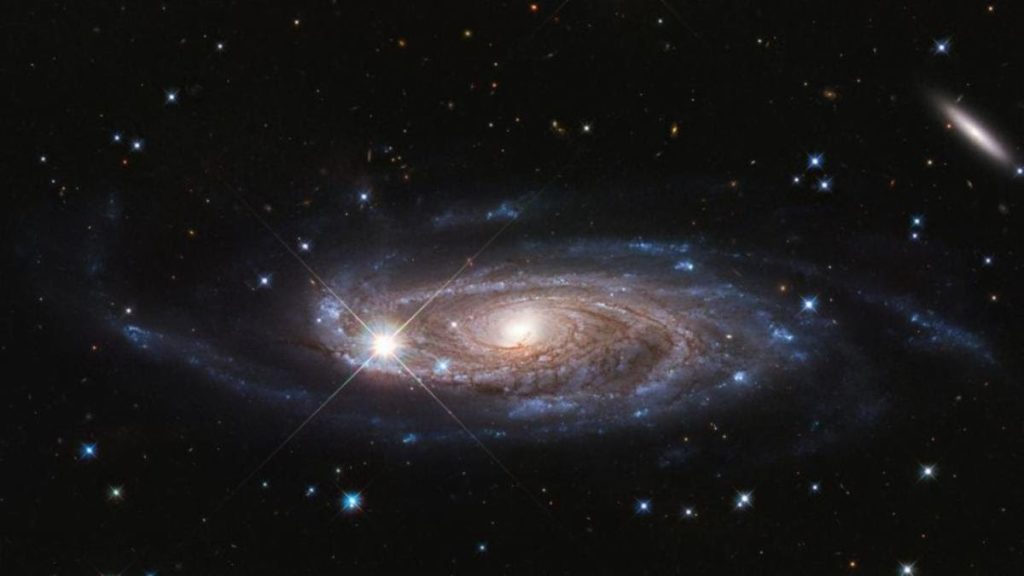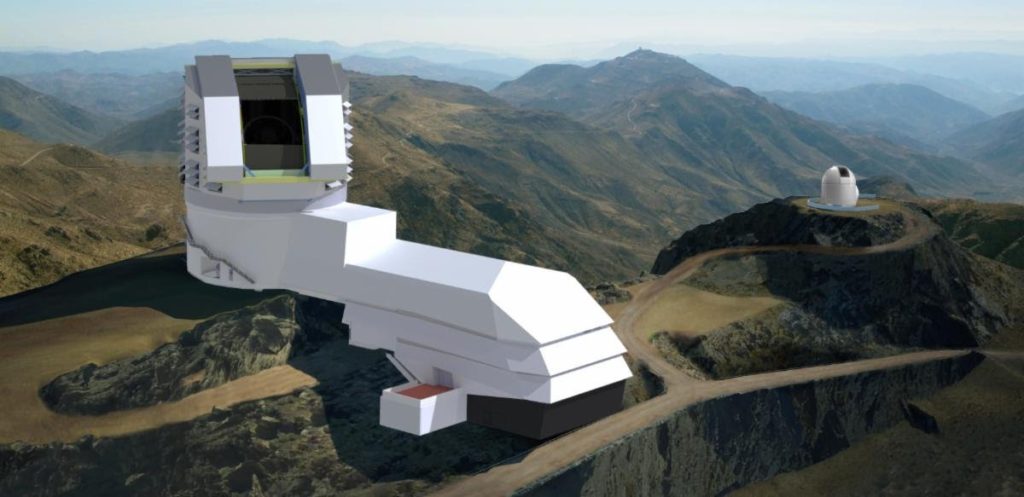
Vera Rubin
Hi everyone,
[vcex_spacing size=”10px”]
It was announced this week that a major new telescope will be named in honor of trailblazing astronomer Vera Rubin, who died in 2016.
[vcex_spacing size=”10px”]
Rubin was a pioneer in the study of dark matter. Her research – some of it done here at Lowell Observatory – showed beyond any doubt that stars in galaxies like the one below move faster than expected, and the most natural way to explain this is if they feel the gravitational pull of unseen matter. Many of Rubin’s fellow astronomers believe that her work deserved a Nobel Prize, but, alas, she was never given this recognition.
[vcex_spacing size=”10px”]
Today, astronomers believe that most of the stuff that makes up the universe is in an invisible form; it’s the things that shine – stars, galaxies, people, and planets – that are cosmic oddities.
[vcex_spacing size=”10px”]

[vcex_spacing size=”10px”]

[vcex_spacing size=”10px”]
Vera Rubin was also a tireless champion and role model for women in science. In her book, Bright Galaxies, Dark Matters, she wrote:
[vcex_spacing size=”10px”]
“There is no problem in science that can be solved by a man that cannot be solved by a woman…Worldwide, half of all brains are in women.”
[vcex_spacing size=”10px”]
On Tuesday, it was announced that the Large Synoptic Survey Telescope (LSST) will be renamed the NSF Vera C. Rubin Observatory – the first national observatory to be named for a female astronomer.
[vcex_spacing size=”10px”]
This 8-meter telescope, currently being built in Chile, will revolutionize astronomy by photographing the entire visible sky every few nights, cataloging billions of objects and producing many terabytes of data nightly. In particular, it will allow moving objects and ones that change in brightness to be identified, plus very faint objects can be detected by combining images from multiple nights. The telescope will see first light this year and go into full-time operation in 2022 or 2023.
[vcex_spacing size=”10px”]

[vcex_spacing size=”10px”]
If you’d like to know more, just click on the links below:
[vcex_spacing size=”10px”]
[vcex_button url=”https://www.cnn.com/2020/01/07/world/vera-rubin-observatory-scn-trnd/index.html” title=”Visit Site” style=”flat” align=”left” color=”blue” size=”small” target=”self” rel=”none”]CNN[/vcex_button]
[vcex_spacing size=”10px”]
[vcex_button url=”https://www.symmetrymagazine.org/article/vera-rubin-giant-of-astronomy” title=”Visit Site” style=”flat” align=”left” color=”blue” size=”small” target=”self” rel=”none”]Symmetry Magazine[/vcex_button]
[vcex_spacing size=”10px”]
[vcex_button url=”https://www.smithsonianmag.com/smart-news/new-telescope-facility-renamed-commemorate-dark-matter-scientist-vera-rubin-180973923/” title=”Visit Site” style=”flat” align=”left” color=”blue” size=”small” target=”self” rel=”none”]Smithsoinian Magazine[/vcex_button]
[vcex_spacing size=”10px”]
Best regards,
[vcex_spacing size=”10px”]
[vcex_spacing size=”10px”]
Michael
[vcex_spacing size=”10px”]
[vcex_divider color=”#6D6E70″ width=”100%” height=”4px” margin_top=”20″ margin_bottom=”20″]
 Dr. Michael West is Lowell Observatory’s Deputy Director for Science. Follow his AstroAlerts to receive breaking news stories from the world of astronomy, odd bits of astronomical lore, and information about upcoming astronomical events. You can reach him at mwest@lowell.edu or follow him on Twitter @curatedcosmos.
Dr. Michael West is Lowell Observatory’s Deputy Director for Science. Follow his AstroAlerts to receive breaking news stories from the world of astronomy, odd bits of astronomical lore, and information about upcoming astronomical events. You can reach him at mwest@lowell.edu or follow him on Twitter @curatedcosmos.[vcex_spacing size=”10px”]